Remember when getting dressed was simple and comfort wasn’t the priority it is today? The 1960s were a magical time for childhood fashion—whether you were wearing your Sunday best or running around the neighborhood in play clothes. Looking back at what we considered normal everyday wear might make today’s kids scratch their heads in disbelief or even laugh out loud.
1. Stiff, Scratchy Sunday Clothes That Required Perfect Posture
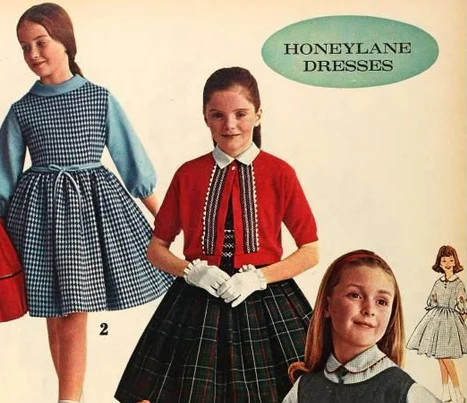
Every Sunday morning meant the same routine: getting stuffed into formal wear that could practically stand up on its own. Boys endured miniature suits complete with clip-on ties that pinched their necks, while girls were zipped into dresses with crinolines so stiff they could barely sit down in the church pews. Parents would slick boys’ hair down with Brylcreem and girls would suffer through home perms or uncomfortable curlers worn overnight just for that perfect Sunday look. In addition, Fashion History Timeline also writes on certain fabrics dominating the clothing landscape, especially for formalware.
The concept of “comfortable formal wear” simply didn’t exist in our childhood vocabulary—you either looked proper or you were comfortable, never both. Fabric technology hadn’t yet blessed us with stretchy materials that moved with our bodies, so we stood ramrod straight in our starched collars and patent leather shoes that pinched with every step. Looking back at family photos, it’s amazing how we all resembled miniature businessmen and debutantes, forced into adult fashion while longing for the moment we could change back into play clothes.
2. Party Dresses That Rivaled Wedding Gowns
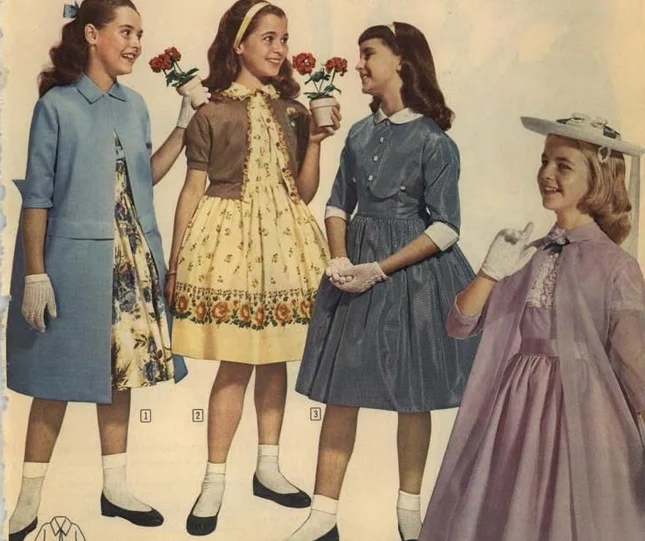
Birthday parties and holiday gatherings in the 1960s required girls to don formal dresses that would make today’s flower girls look underdressed, complete with petticoats, satin sashes, and enough taffeta to make rustling sounds with every slight movement. These miniature gowns often featured intricate smocking, hand-embroidered details, and delicate lace collars that required careful washing and ironing after each wearing—creating hours of additional work for mothers already busy with household duties. Department stores devoted entire sections to these elaborate children’s formal wear collections, with seasonal displays showcasing the latest trends in juvenile couture that mirrored adult fashion houses. Additionally, VintageDancer writes, features of the dress were to be bold from the collars to the bows, in contrast with subdued pastel tones.
The experience of wearing these formal creations included numerous uncomfortable accessories: scratchy lace-trimmed socks with turndown cuffs, patent leather Mary Janes that reflected overhead lights, and often white gloves or even tiny purses that served no practical purpose for a seven-year-old. Getting dressed for a simple birthday party could take upwards of an hour, with mothers wielding hairbrushes, hair ribbons, and sometimes even child-sized jewelry to complete the formal look expected of proper young ladies. Modern children, accustomed to celebrating birthdays in comfortable clothing that allows for active play, would be bewildered by the formal fashion shows that once characterized childhood celebrations where appearance often took precedence over the ability to actually enjoy the event.
3. Saddle Shoes That Weighed a Ton

Every school-aged child knew the distinctive black and white leather shoes that announced your presence with every heavy step. Saddle shoes were practically mandatory footwear for students across America, built like tanks with thick leather and solid rubber soles that could survive nuclear winter. Parents loved them because they could be polished back to perfection after even the roughest playground adventures and typically lasted until your feet outgrew them. Atom Retro reports on a remarkably lengthy history for this trendy shoe.
The maintenance routine for these iconic shoes bordered on ritualistic—regular cleaning with special white buck cleaner for the white portions and careful polishing of the black saddle section. They required a breaking-in period that could take weeks, during which your feet would develop impressive blisters in protest against their rigid construction. Modern kids accustomed to lightweight, flexible sneakers would likely stage a revolution if forced to lumber around in what essentially felt like stylish cement blocks strapped to their feet.
4. Boys’ Plastic Pocket Protectors
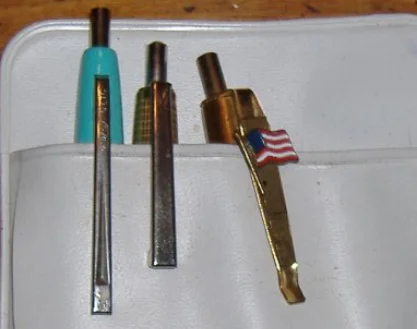
Long before being a nerd became culturally acceptable, boys proudly displayed their organizational skills with plastic pocket protectors filled with perfectly aligned pens and pencils. These transparent shields served a practical purpose—preventing ink stains on shirt pockets—but also became a statement piece for the academically inclined young man. Every stationery store sold these essential accessories, with the most coveted versions featuring space themes or corporate logos obtained from a father’s workplace. As reported by American Scientist, the pocket protector has quite the eventful history
The routine of carefully arranging writing implements in size order became second nature, with the tallest pencil on the left graduating down to the shortest mechanical pencil on the right. Boys would compare their pocket protector setups during class breaks, with extra respect given to those who managed to include a slide rule or compass in their plastic arsenal. Today’s children, with their digital devices and casual attitude toward ink stains, would find the ceremonial importance we placed on these plastic pocket shields completely alien.
5. Itchy, Scratchy Wool Everything
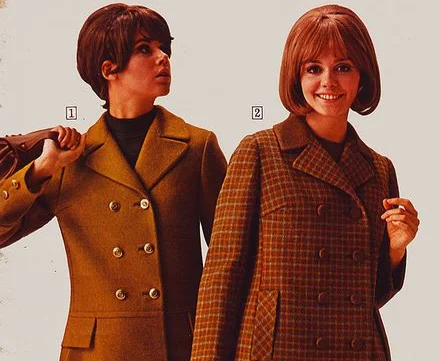
Winter meant one thing for children of the 1960s: being wrapped in wool so scratchy it could exfoliate your skin right through your undergarments. From knee socks to sweaters to mittens, wool was the miracle fabric that kept you warm while simultaneously teaching you the value of stoic suffering. Mothers insisted these scratchy garments were necessary to prevent catching your “death of cold,” a mysterious ailment that apparently lurked around every corner during winter months.
The wool sweaters of our youth came in two varieties: hand-knitted by grandmothers with love and questionable size estimations, or store-bought with patterns so loud they could be seen from space. The ritual of pulling a wool sweater over your head meant bracing for that moment when it would catch on your ears and nose, temporarily blinding you while simultaneously electrifying every hair on your head. Modern performance fabrics with their soft, non-irritating warmth would have seemed like science fiction to our itchy, red-armed 1960s selves.
6. Starched and Ironed Play Clothes
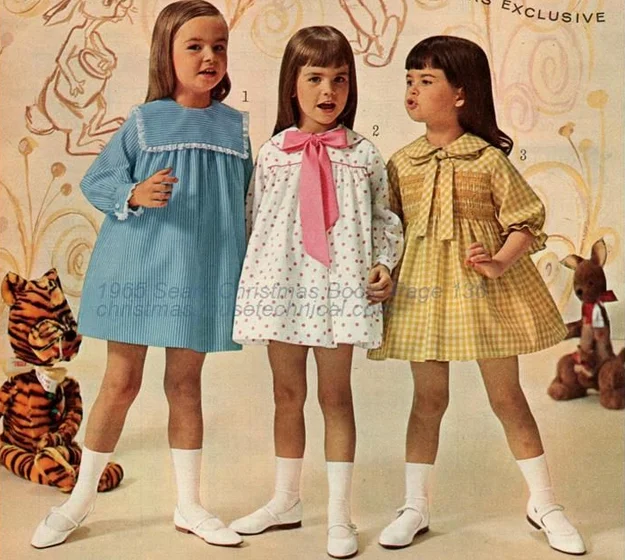
The concept of designated “play clothes” existed, but they received the same treatment as church clothes—starched within an inch of their lives. Mothers spent entire days each week ironing everything from jeans to t-shirts, ensuring even casual wear maintained a crisp, unwrinkled appearance that lasted approximately 4.5 minutes after putting them on. The sound of spray starch cans being shaken was the soundtrack of our childhood Sunday evenings, preparing for the school week ahead.
Boys’ jeans were often starched so severely they could briefly stand on their own, while girls’ cotton play dresses featured razor-sharp pleats that could potentially cause paper cuts. The modern concept of “lived-in” or deliberately distressed clothing would have horrified our parents, who judged other mothers by the crispness of their children’s everyday attire. Today’s kids, swimming in soft fabrics designed for comfort and movement, would likely stage a sit-down strike if handed the cardboard-stiff play clothes we considered normal.
7. White Gloves for Every Occasion
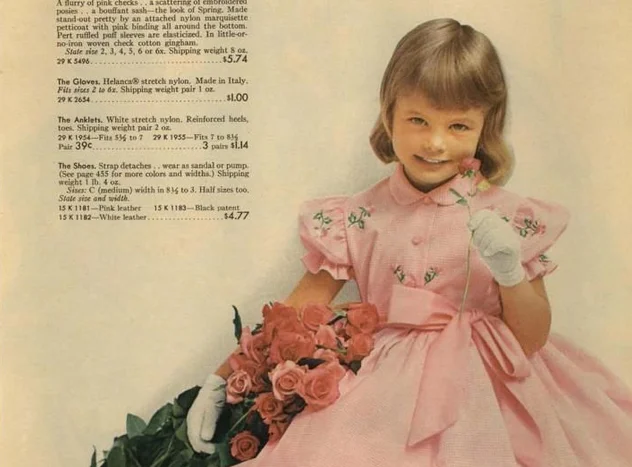
No self-respecting girl in the 1960s would attend any slightly formal event without pristine white gloves covering her hands. These weren’t just for fancy parties—they were mandatory accessories for church, visiting relatives, shopping downtown, or even going to certain movies. The ritual of carefully pulling on these white cotton confections involved powdering your hands first to ensure they slipped on smoothly, followed by constant vigilance to prevent any speck of dirt from marring their perfect whiteness.
Mothers stored these essential accessories in special glove boxes with tissue paper between each pair, organizing them by length and occasion. The unspoken rules about when to wear which length were complex: wrist-length for everyday formality, mid-arm for church, and elbow-length reserved for truly special events like Easter Sunday or piano recitals. Today’s children, who rarely dress formally even for special occasions, would be mystified by the elaborate glove etiquette that once dominated childhood social appearances.
8. Hair Set in Painful Curlers Overnight
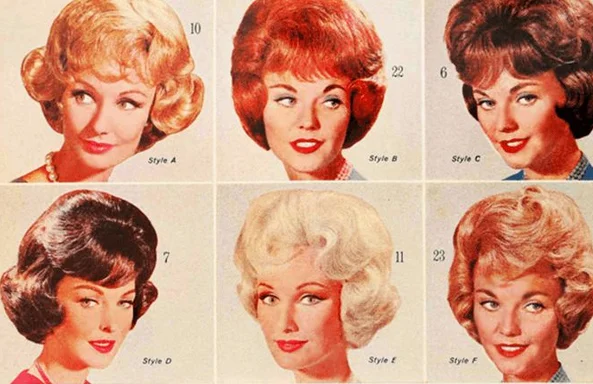
Long before heat styling tools became affordable and efficient, achieving curly hair meant an elaborate nighttime ritual of uncomfortable sleep. Girls endured having their damp hair wrapped tightly around hard plastic or metal rollers, secured with bobby pins that dug into their scalps throughout the night. The resulting discomfort made sleep nearly impossible, but mothers insisted this suffering was the unavoidable price of beauty.
Boys weren’t exempt from painful hair rituals either, with many mothers insisting on brush cuts or styles that required significant amounts of hair oil or cream to keep every strand perfectly in place. The smell of Dippity-do hair gel or Brylcreem permeated many childhood homes on Saturday nights, preparing for Sunday morning appearances. Modern children with their quick-styling tools and acceptance of natural hair textures would be horrified at the nightly torture sessions we endured for the sake of “proper” hairstyles.
9. Dress Shoes That Required Regular Shining
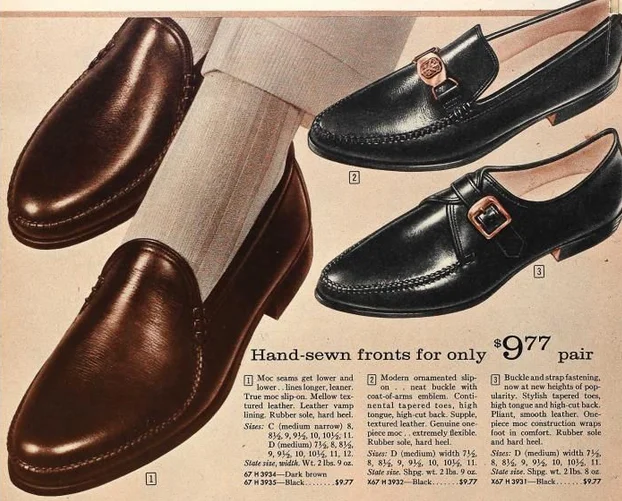
Every child owned at least one pair of leather dress shoes that demanded the same level of maintenance as a show car. Sunday afternoons often included the ritual of newspaper spread across the kitchen floor while dad taught the essential life skill of proper shoe polishing. These leather torture devices pinched toes and created blisters, but they gleamed with a mirror-like shine that reflected parental standards of propriety.
Boys learned the multi-step process involving saddle soap, polish application, and buffing with special cloths, while girls mastered the art of cleaning patent leather with Vaseline to maintain its high gloss. The connection between moral character and well-maintained footwear was explicitly taught—scuffed shoes somehow reflected a scuffed character in the peculiar moral equation of the 1960s. Today’s children in their Velcro-fastened, machine-washable footwear would find our devotion to labor-intensive shoe care completely bewildering.
10. Dresses Required for Girls at School

Until the late 1960s, many schools maintained strict dress codes requiring girls to wear dresses or skirts every single day, regardless of weather or activity. This meant freezing legs in winter (compensated for with itchy wool tights) and the constant battle to maintain modesty during playground activities. The length requirements were strictly enforced, with some schools performing the humiliating “kneel test” to ensure hemlines touched the floor when kneeling.
The practical challenges of being an active child while constrained in a dress created an entire generation of girls who became experts at the “dress tuck”—quickly securing excess fabric between the legs before climbing, running, or playing kickball. Physical education classes required girls to perform calisthenics and climb ropes while somehow maintaining proper ladylike decorum in their mandatory skirts or gym bloomers. Today’s school-aged girls, accustomed to freedom of movement and practical attire choices, would likely organize protests if suddenly required to abandon pants for daily dress wear.
11. Miniature Adult Business Attire for Everyday School
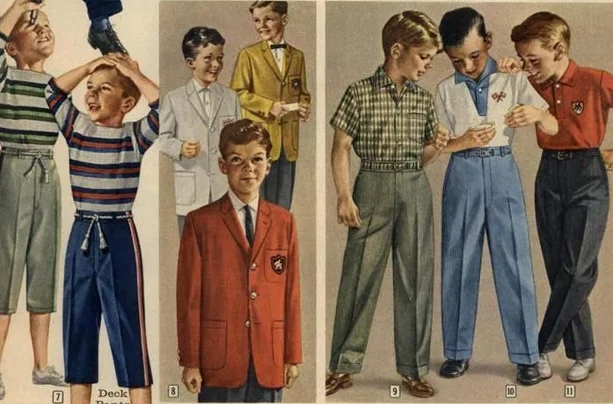
Long before casual Friday became the norm, elementary school boys were expected to dress like miniature corporate executives with button-up shirts, slacks, and often even ties as regular school attire. Teachers and principals enforced these strict dress codes with military precision, sending notes home if a boy dared to show up in anything resembling today’s standard school clothes. Parents invested in smaller versions of adult office wear, complete with proper belts, tucked-in shirts, and sometimes even child-sized sport coats for picture day or special assemblies.
The psychological impact of dressing exactly like your father from age six onward created an interesting dynamic where childhood was viewed as merely a training ground for adult responsibilities. Clothing stores dedicated entire sections to “young men’s wear” that differed from adult sections only in size, not style or formality level. Modern children who attend school in comfortable athleisure wear, graphic tees, and hoodies would likely stage a rebellion if suddenly required to attend third grade in outfits better suited for a junior accounting position.
12. Hard Plastic Rain Bonnets with Chin Straps
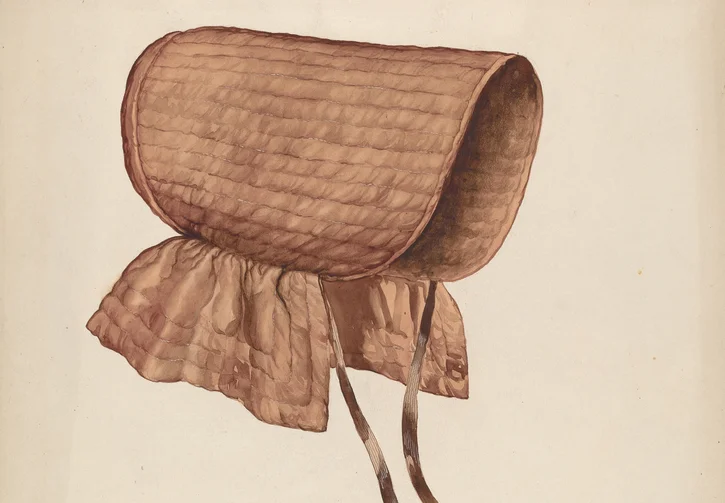
Rainy days meant breaking out the most unflattering weather gear ever created: clear plastic rain bonnets that tied under the chin with thin elastic or ribbon. These crinkly head coverings were folded into tiny pouches that mothers kept in their purses at all times, ready to deploy at the first drop of precipitation to protect carefully styled hair. Girls especially dreaded these transparent fashion crimes that compressed their hair flat against their heads while making a constant crinkling sound with every movement.
The bonnets would fog up from body heat, creating a greenhouse effect that left bangs either frizzy or plastered to foreheads in an equally unflattering manner. Department stores sold these practical monstrosities in little plastic cases that often featured floral designs to disguise the fashion atrocity contained within. Today’s children with their stylish hooded raincoats and water-resistant materials would be mortified to discover their grandmothers once walked around in public wearing what amounted to shower caps with chin straps.
The clothing of our 1960s childhood represented more than just fashion—it embodied an entire philosophy about children as miniature adults rather than beings with their own comfort needs. We learned to endure discomfort with stoicism, to value appearance over function, and to accept arbitrary rules about proper attire without question. While we may look back with nostalgia at the formality and uniqueness of that era, most of us are quietly grateful that our grandchildren can experience the freedom of stretchy fabrics, practical designs, and clothing that acknowledges their need to move, play, and simply be children.


